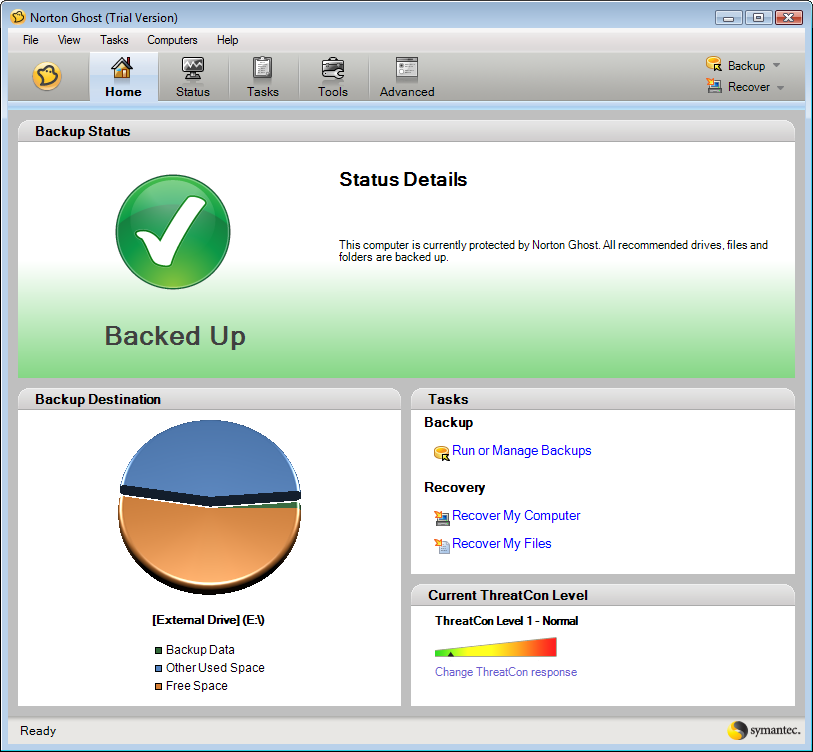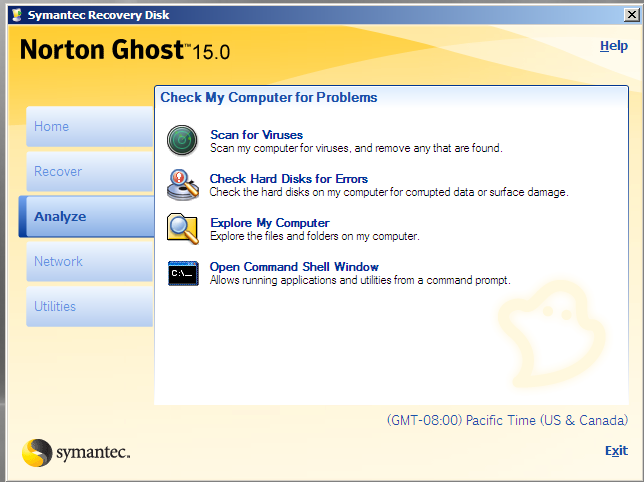

Each range is associated with aīrief explanation and a cross-reference to a fuller explanation toīe found in following sections of this note. Properly reflected in network device restriction lists.įollowing is a list of (Source,Group) ranges that should not be used

Avoided by applications, especially those that choose multicast Some combinations of Source Address and Group Address SHOULD NOT be Necessary) that have registered their interest in receiving these Network transports this packet to all receivers (replicated where Network with a destination address 224/4 CIDR range. That is, a given source sends a packet the IPv4 multicast is an internetwork service that allows IPv4ĭatagrams sent from a source to be delivered to one or more "SHOULD", "SHOULD NOT", "RECOMMENDED", "MAY", and "OPTIONAL" in thisĭocument are to be interpreted as described in RFC-2119. The key words "MUST", "MUST NOT", "REQUIRED", "SHALL", "SHALL NOT", Nickless Informational - Expires January 2004 1ġ2. No Flooding of Knowledge of Active Sources. Respected by IPv4 multicast applications and included in networkĭevice access control lists. Some IPv4 multicast datagrams should not be routed, either within anĪdministrative domain or between administrative domains. The list of Internet-Draft Shadow Directories can be accessed at The list of current Internet-Drafts can be accessed at

Reference material or to cite them other than as "work in progress." It is inappropriate to use Internet-Drafts as Months and may be updated, replaced, or obsoleted by other documentsĪt any time. Internet-Drafts are draft documents valid for a maximum of six Other groups may also distribute working documents as Internet. Task Force (IETF), its areas, and its working groups. Internet-Drafts are working documents of the Internet Engineering
Norton ghost 8.2 enterprise full#
This document is an Internet-Draft and is in full conformance with IPv4 Multicast Unusable Group And Source Addresses 1. Document: draft-ietf-mboned-ipv4-mcast- Argonne National


 0 kommentar(er)
0 kommentar(er)
